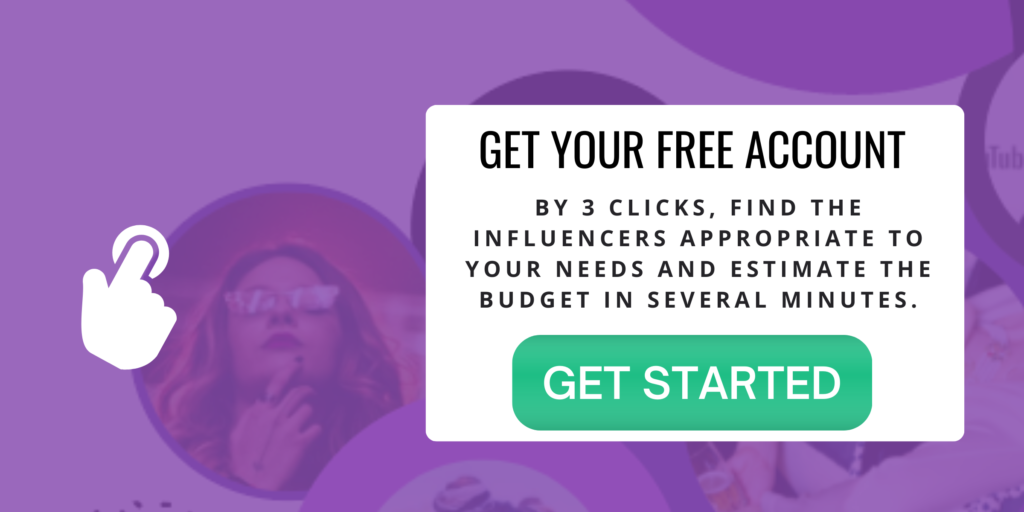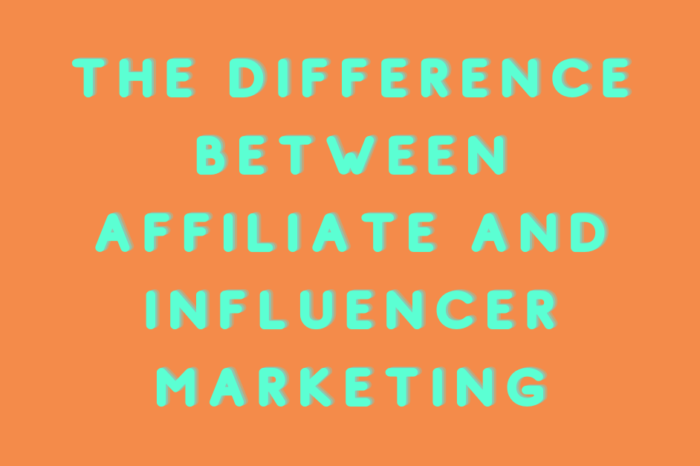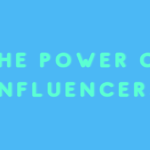The Power of Influencers
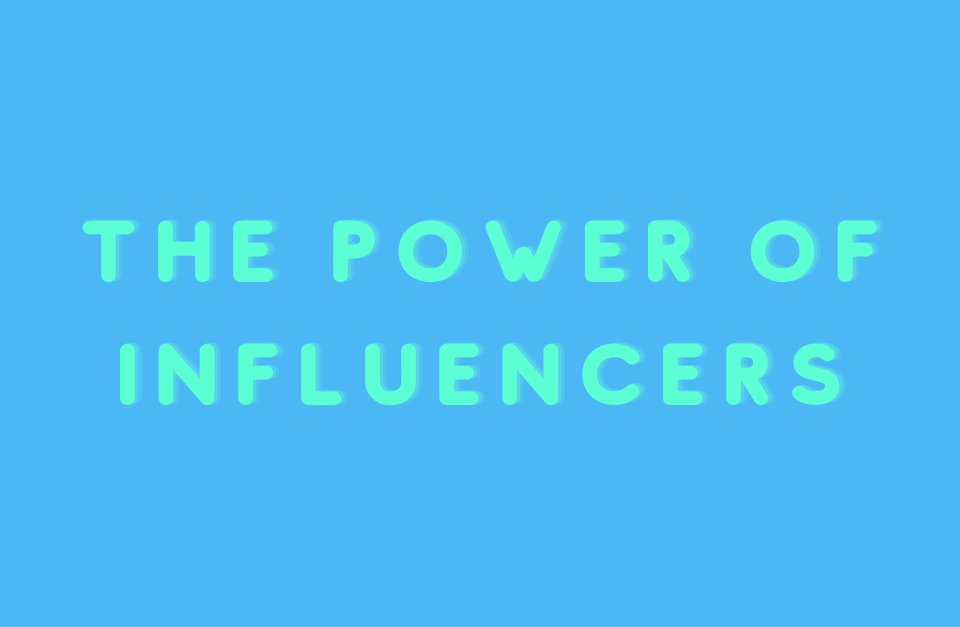
There is more and more talk about the power of influencers in Social Media. But also about how influencers manage to help brands in online communication!
What does this POWER of influencers mean? This concept includes several features, which we will present in the following.
Table of Contents
1. Trust
2. Association
3. Content
4. Access
5. The Power to Convince
1. Trust
The first characteristic of the power of influencers is trust.

The followers are those who form his audience. They are the ones who discover the influencer because of the content.
The followers then turn into a community, due to the affiliation to the influencer. The audience is also the one who chooses to follow someone. Each individual will stay with the influencer as long as he or she is a source of inspiration.
The public begins to trust an influencer only after following him for some time, wants to hear his opinions and observes the recommendations the influencer has.
Forbes says that, in fact, influencers are the new brands.
The comparison is all the more natural as both brands and influencers need people’s trust to generate sales.
2. Association
The second characteristic for the power of influencers is represented by the brand association.
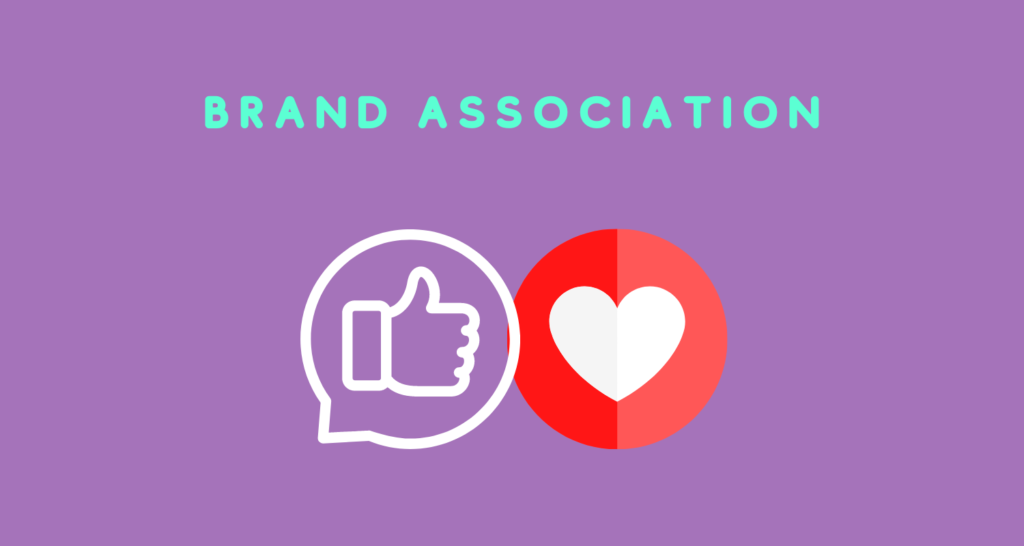
Associations take place when an influencer and a brand choose to collaborate.
What exactly does an association mean?
By an association, the values an influencer promotes and believes in must be close to the values the brand has, so that the action they are going to do together will be beneficial for both parties.
Brands are the ones who want to sell their own products. In case of influencers, we are talking about creating content that leads to the growth of their own personal brand. This also leads to the associations that influencers make to promote various products or services they consume and then recommend.
Referrals are in the form of paid (or unpaid, if it’s just a referral from the influencer, not a campaign) to their Social Media followers.
This paid advertisement is part of the new way for brands to sell, called Influencer Marketing.
It is a continuation of the old types of advertising, such as outdoor advertising, radio, TV advertising and partnerships created for various events.
Depending on the relevance and complexity of an association, it can remain in the minds of consumers for a long time.
That is why an association must be made consciously. But there are good associations and… inappropriate associations. 🙂
A good association is one based on two brands that have the same values. The campaign that takes place in this way is naturally integrated by the influencer, in promoting the brand. The influencer is the one who conveys the brand’s message to his community. Thus, by partnership, the brand reaches the followers of the influencer.
An inappropriate association happens when the values the brand sends do not match to those the influencer communicates and believes in. Thus, the campaign, even if it took place, would be considered inappropriate, especially by the influencer’s community.
3. Content
The third topic for the power of influencers is creating quality branded content.
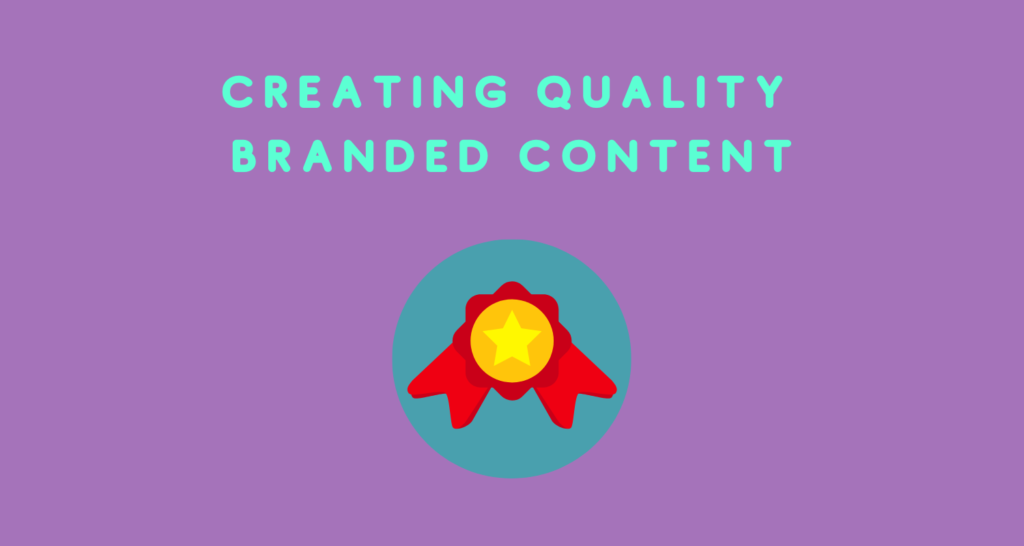
In addition to the points covered above, brands also use influencers because they make quality posts.
Whether it’s pictures or videos, they are first thought out and edited by the influencer, according to the brief, and then given for approval of the brand, before being posted. Due to the fact they are made directly by the influencer, the preparation time can be even shorter than if the brand had made the materials.
Often, this freedom to be an influencer and create quality content makes influencers more and more creative about their work, and they are also the ones who know their audience best and what works best in terms of content.
Such content cannot be created in the same way by employees or agencies working for the brand.
4. Access
The fourth for the power of influencers is: access to niche communities.
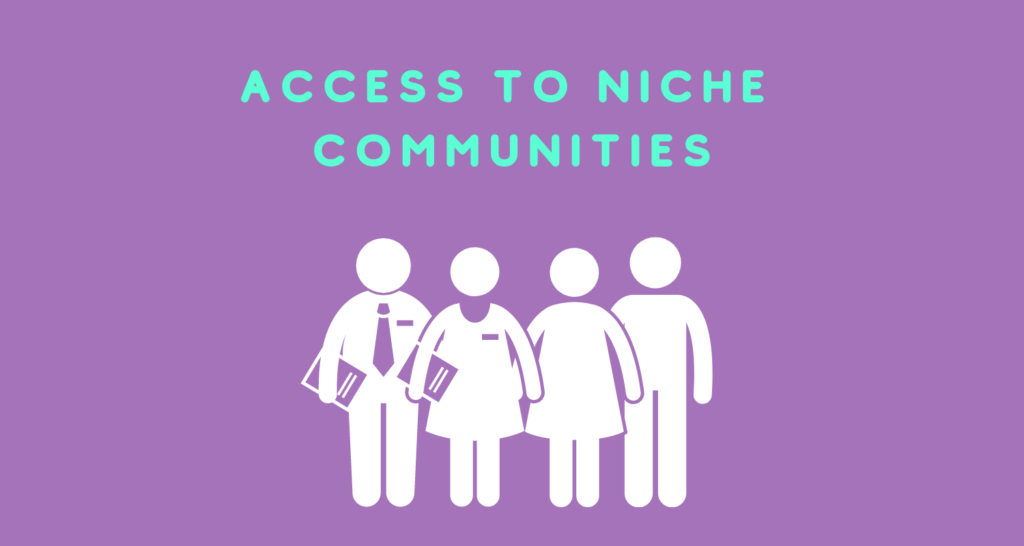
This is done when a campaign takes place, the community of each influencer being represented by the influencer’s followers, who follow him because of the interesting ideas he presents, the topics he addresses and, in general, the quality content on Social Media.
Just as the relationship between communities and influencers is one that is based on trust, so is the relationship between influencer and brand.
5. The power to convince
Last but not least, influencers are the ones who have the power to convince and sell, which is the fifth characteristic.
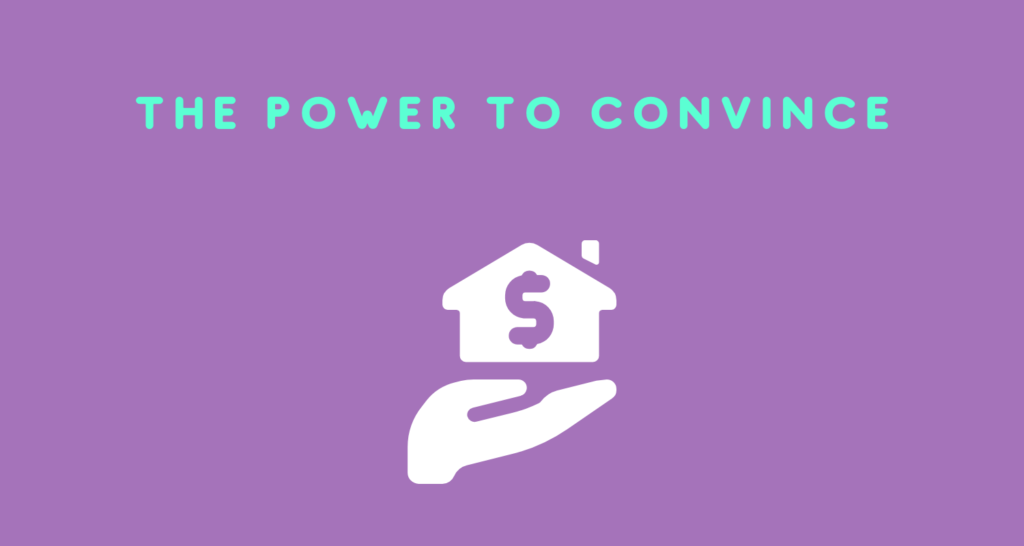
Unlike an advertisement from a brand, which is promoted via its own channels and / or television, radio, outdoor, made in order to present the new launches or campaigns of the brand, influencers are those who present the product in a unique, interesting way, specific to them.
Depending on how convincing he is when presenting a product or service launched by a brand, but also by the number of followers on Social Media, the power to sell can be increasing and can bring considerable profits for the brand, and benefits, whether in cash or otherwise, for the influencer.
The power to sell means, all in all, extra revenue for the customer!
Here are some examples:
Nike, one of the largest brands globally, uses the power of influencers to reach large audiences on YouTube.
In 2017, the year when the brand generated revenues of 34 billion dollars, several collaborations with influencers took place. One of them is with influencer Harry Shaw and footballer Cristiano Ronaldo in a “Football Challenge“, which generated 56 million views on YouTube.
The second is with Dan and Lincoln Markham, owners of the YouTube channel “What’s Inside?” and consisted of creating the video dedicated to a model of Nike Air VaporMax sneakers, which generated 6 million views.
This influence can be translated into several elements.
The first is represented by the trust that the public offers him, the second by the brand associations he makes according to the values he promotes and in which he believes. Also, influencers are those who, due to the content they make, end up having niche communities. The fourth, but very important, element: the power to sell.
For more information regarding the Influencer Marketing industry, see our series of articles HERE.
